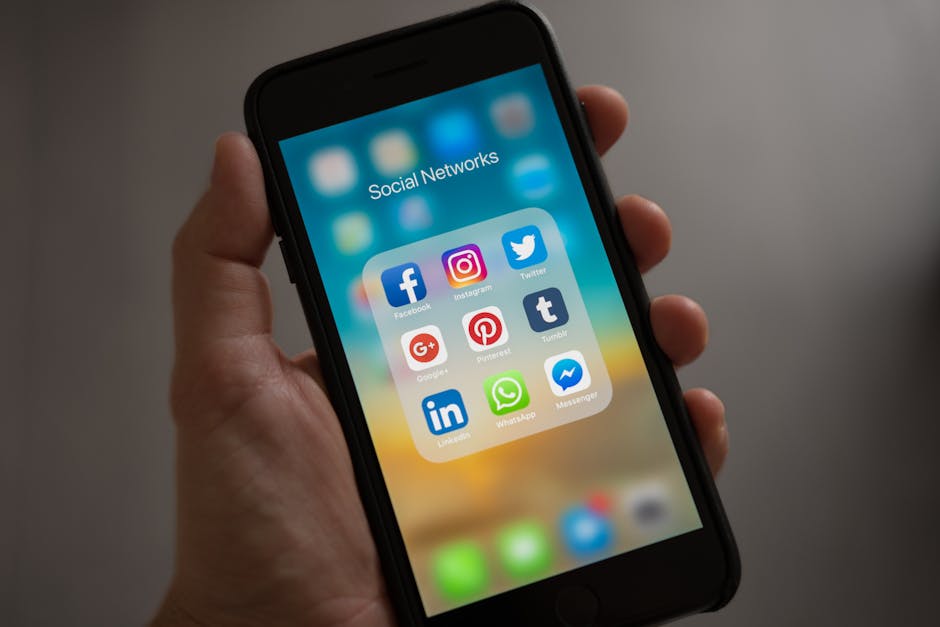Debunking Viral Hoaxes That Fooled Millions
The internet has made it easier than ever for misinformation to spread rapidly, with millions of people falling for viral hoaxes that seem believable at first glance. From doctored images to fabricated news stories, these hoaxes manipulate public opinion, influence social behavior, and sometimes even cause real-world consequences. Many people continue to fall for content that manipulates emotions and reinforces biases, even after multiple warnings.
Some of the most infamous viral hoaxes have tricked not just the general public but also media outlets and influential figures. False scientific breakthroughs, celebrity death hoaxes, and conspiracy theories spread easily online, gaining momentum in the digital era. Understanding how these hoaxes spread and learning how to verify information can help prevent further deception.
The Mechanics Behind Viral Hoaxes
Hoaxes gain traction because they appeal to emotions, reinforce existing beliefs, or present information in a way that appears credible. Many rely on sensational headlines, misleading visuals, or fabricated statistics to convince people of their authenticity.

Misinformation spreads quickly as users share content without checking its accuracy.
Several factors contribute to the success of viral hoaxes:
- Emotional Manipulation: Fear, outrage, and excitement make people more likely to share content.
- Lack of Critical Thinking: Many individuals do not fact-check before sharing.
- Algorithmic Boosting:Algorithms favor engagement over accuracy.
- Plausibility: Some hoaxes are difficult to distinguish from real news due to professional presentation.
The combination of these elements makes it easy for misinformation to spread unchecked.
Famous Hoaxes That Fooled Millions
A variety of viral hoaxes have misled people across different platforms and time periods. Some of the most notorious include:
- The War of the Worlds Radio Broadcast (1938): Orson Welles' dramatization of H.G. Wells’ novel caused panic when listeners believed it was a real alien invasion.
- The Fake Moon Landing Conspiracy: Despite overwhelming evidence supporting the Apollo moon landings, a long-standing conspiracy theory claims they were staged.
- The Facebook Privacy Notice Hoax: Users repeatedly shared false messages claiming that posting a legal notice on their profile would protect their privacy rights.
- The Blue Whale Challenge (2016-2017): Reports claimed this online game led teens through increasingly dangerous tasks culminating in suicide, but investigations found no verified cases linking the game directly to deaths.
- The Momo Challenge (2018): A viral story suggested that an eerie character named "Momo" encouraged children to self-harm via WhatsApp messages. Authorities later debunked the claims as an exaggerated moral panic.
These hoaxes highlight how misinformation can cause unnecessary fear or reinforce conspiracy theories that persist for years.
How Misinformation Spreads Online
Misinformation spreads widely through online platforms. Platforms like Facebook, Twitter, and TikTok allow fake stories to reach vast audiences within minutes. Misinformation spreads particularly fast when influential accounts share it or when it aligns with popular narratives.
Hoaxes spread faster due to factors such as:
- User-Generated Content: Anyone can create and share content without verification.
- Lack of Moderation:Tech companies attempt to moderate content, but many false claims still get through.
- Misinformation Networks: Coordinated groups deliberately spread falsehoods for political or financial gain.
- Meme Culture: Short-form content like memes simplifies complex issues into misleading bite-sized messages.
This ecosystem makes it difficult for users to distinguish between real and fake information unless they actively seek out credible sources.
How to Identify and Avoid Falling for Hoaxes
The best way to combat misinformation is through critical thinking and fact-checking. Here are steps individuals can take to protect themselves from falling victim to viral hoaxes:
- Verify Sources: Check if the information comes from a reputable news outlet or official organization.
- Avoid Emotional Reactions: If a post provokes strong emotions, pause before sharing, it could be designed for manipulation.
- Cross-Check with Fact-Checking Sites: Use platforms like Snopes.com, FactCheck.org, or PolitiFact.com.
- Skepticism Towards Sensational Headlines: Clickbait titles often distort reality, read beyond the headline before believing a claim.
- Avoid Sharing Unverified Information: Even if something seems true, wait until credible sources confirm it before sharing.
Taking these precautions helps slow the spread of misinformation and reduces its impact on society.
The Fight Against Misinformation
A growing number of organizations and technology companies are working to combat online misinformation. Platforms now use fact-checking programs and AI moderation to identify false information. Governments and educational institutions also emphasize digital literacy initiatives aimed at teaching people how to critically assess online information.
Certain legal measures are also being explored in various countries to hold creators and distributors of intentional misinformation accountable. New tactics for spreading disinformation are constantly emerging, presenting ongoing challenges.
Misinformation isn’t going away, but carefully checking sources can limit its impact. Developing digital literacy skills and encouraging responsible sharing habits are crucial steps in ensuring accurate information prevails over fabricated narratives.
Reference List
- The Skeptics Society - skeptic.com - Offers resources and articles focused on debunking popular myths and hoaxes.
- Snopes - snopes.com - A comprehensive fact-checking website dedicated to investigating urban legends, fake news, and misinformation.
- FactCheck.org - factcheck.org - A non-profit project that monitors factual accuracy in public discourse and viral content.
- PolitiFact - politifact.com - Provides fact-checking services focusing on political statements, viral content, and misinformation.
- Media Literacy Now - medialiteracynow.org Media literacy education helps individuals critically assess digital content.
- Pew Research Center - pewresearch.org - Conducts research and provides data-driven insights into how misinformation spreads in digital media.
- The Poynter Institute - poynter.org - Offers training and resources for journalists to improve fact-checking skills and fight misinformation.
- The Conversation - theconversation.com - Publishes expert analyses on current issues, including the impact of viral hoaxes and misinformation.
- The Atlantic Council's DFR Lab - atlanticcouncil.org - Aims to identify, expose, and explain disinformation with global reach and influence.
- The New York Times Fact-Checking Section - nytimes.com - Features reports and analyses that scrutinize the accuracy of viral claims and news stories.